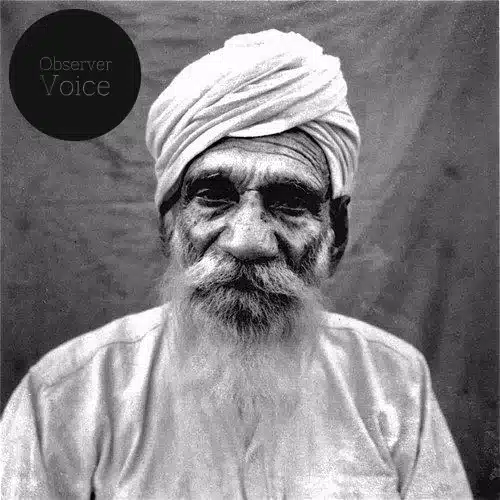Sohan Singh Bhakna (22 January 1870 – 21 December 1968) was a Sikh revolutionary, the founding president of the Ghadar Party, and a leading member of the party involved in the Ghadar Conspiracy of 1915.
Early Life
Sohan Singh Bhakna was born on 22 January 1870, in Punjab, India. In his childhood, Sohan Singh was educated in the Gurudwara of Bhakhna and by the local Arya Samaj. In addition to learning Punjabi, he was also taught the basics of Sikh traditions at an early age. In 1896, Sohan Singh finished primary school at the age of sixteen. He was also proficient in Urdu and Persian.
Nationalist movement
In the 1900s, Sohan Singh got involved in the nationalist movement and agrarian unrest in Punjab. He protested against the anti-colonization bill in 1906-07. Two years later, in February 1909, he left home to sail for the United States. After a two-month journey, Singh reached Seattle on April 4, 1909.
Soon he was working as a laborer at a timber mill. Indians in the U.S. and Canada suffered severe discrimination at that time, mostly Sikhs from Punjab.
The Hindustani Workers of the Pacific Coast were founded in 1913 by Indians living in Canada and the United States. Lala Hardayal, an intellectual and revolutionary, was elected its general secretary, and Sohan Singh Bhakna was elected president. On 1 November 1913, a weekly paper called Ghadr (lit. rebellion, revolt) was launched to promote the Association’s mission, which was to make an armed rebellion against the British.
In April 1914, the United States government issued arrest warrants against Lala Hardayal at the British’s request, but the party managed to smuggle him out.
The Ghadar Party evolved from the Pacific Coast Hindustan Association.
Sohan Singh Bhakna started planning an uprising against the British in 1917, but the Komagata Maru episode and rumors of a war in Europe hastened the uprising. He contacted the returning Komagata himself. Baba Gurdit Singh got a consignment of arms from the Maru at Yokohama. He took a boat to India when he found out that hostilities had actually started on 28 July 1914. After the ship reached Calcutta on 13 October 1914, Sohan Singh was arrested and sent to Multan’s Central Jail after being interrogated for a few days.
In 1921 he was sent to Coimbatore jail and then Yervada. He stopped eating to protest not being allowed to wear his turban and kachhahiras, which he was supposed to wear as a Sikh. Then, he was transferred to Central Jail, Lahore, where, in June 1928, he went on hunger strike again to protest being separated from other `high caste` Sikhs at mealtimes.
While he was freed early in July 1930, he continued to fight for freedom. During World War II, he was imprisoned in Deoli Camp Jail (Rajasthan) for nearly three years for organizing Kisan Sabhas. He joined the Communist Party after independence. On 31 March 1948, he was arrested, but on 8 May 1948, he was released.
Death
Sohan Singh Bhakna died on 21 December 1968, in Amritsar, India.
Read More: 20 December: Remembering Nalini Jaywant on her Punya Tithi

